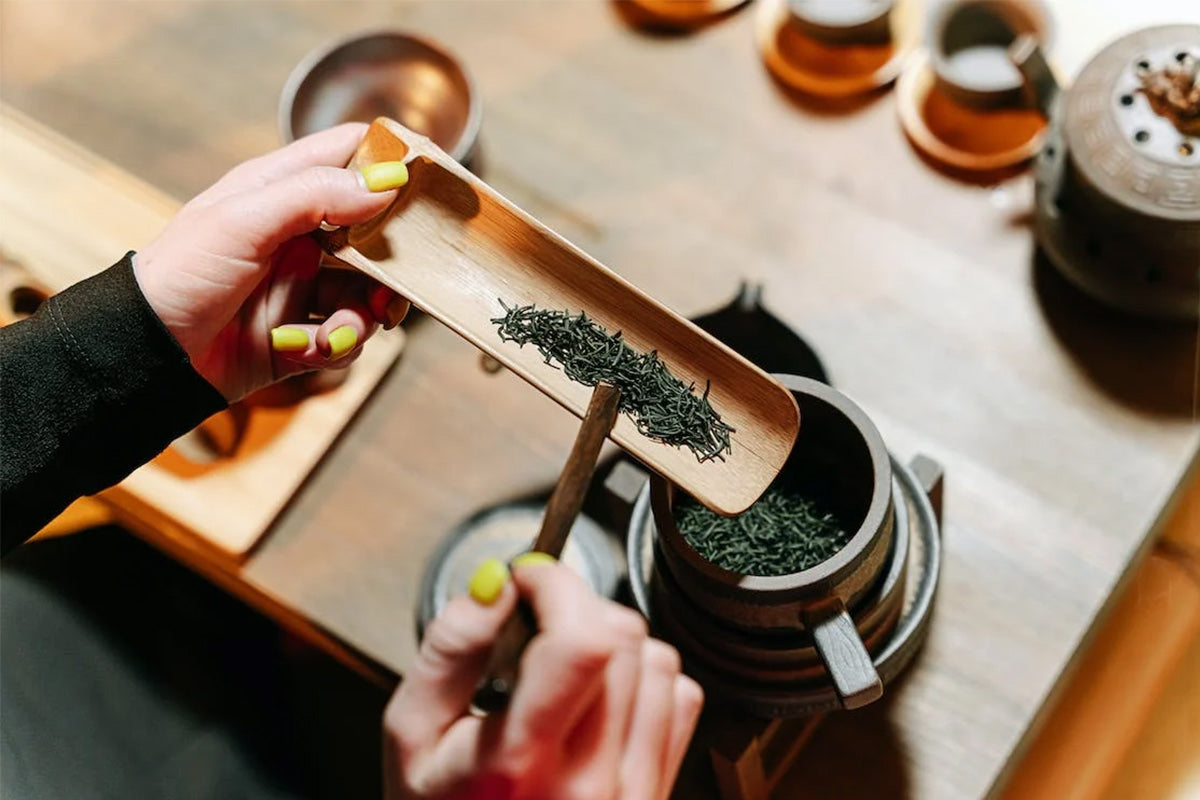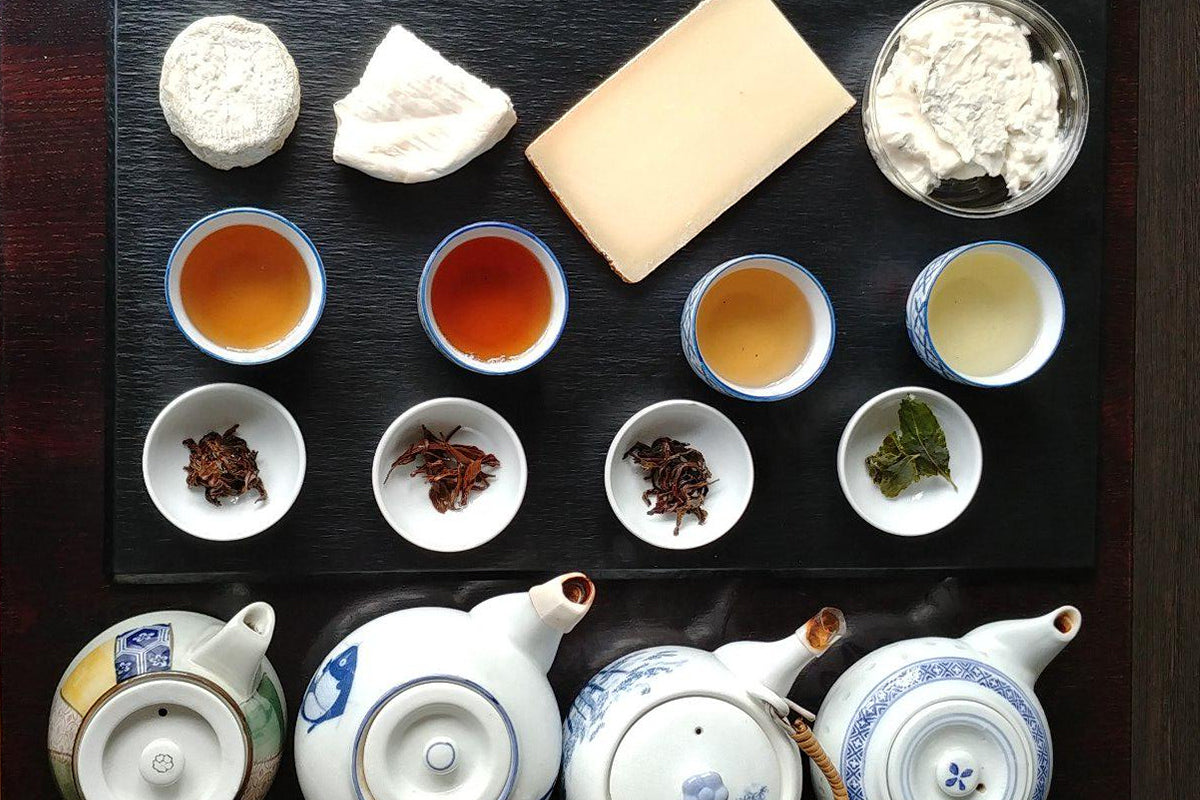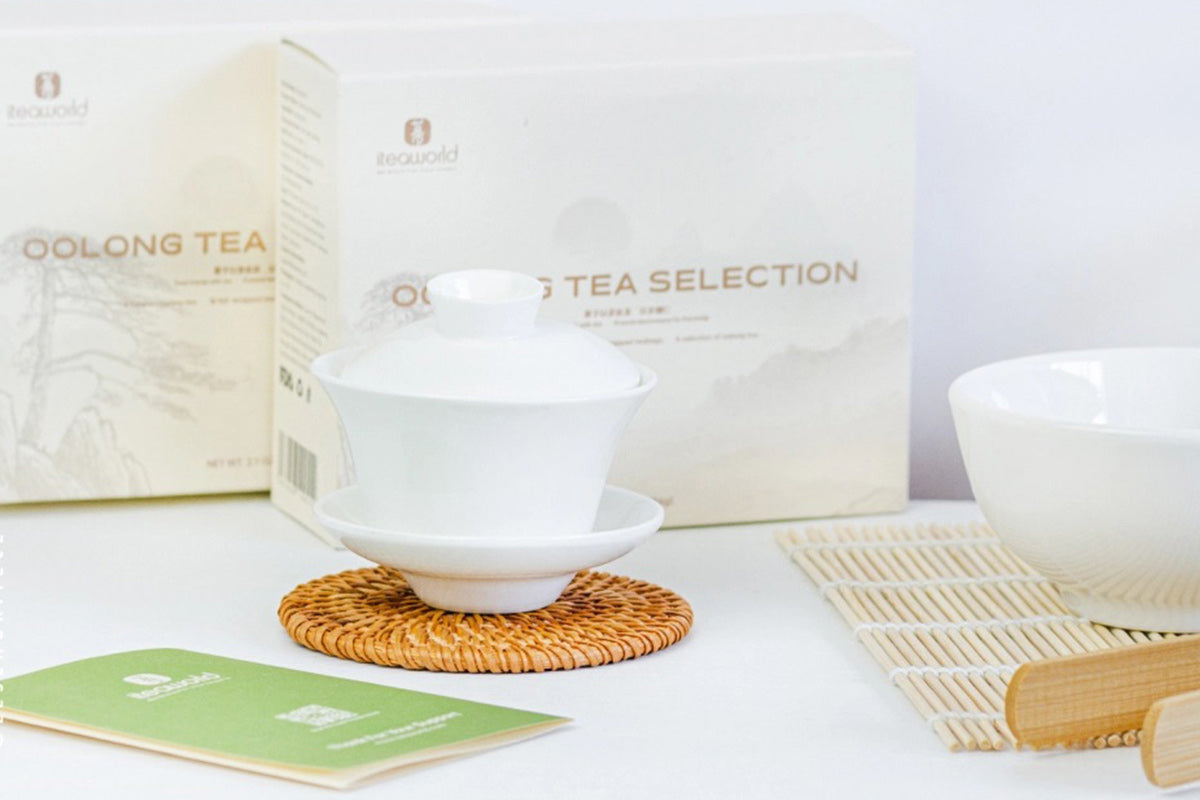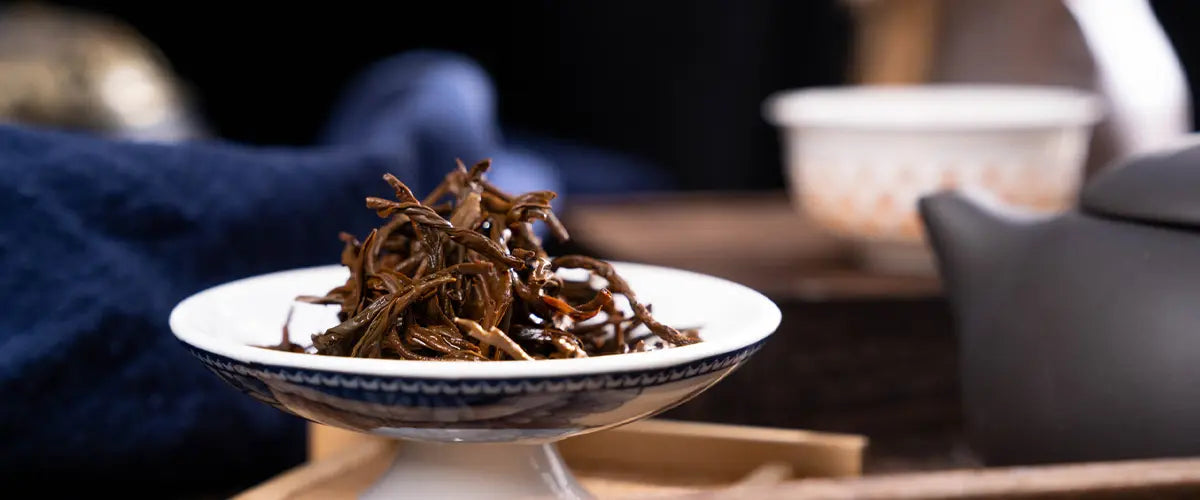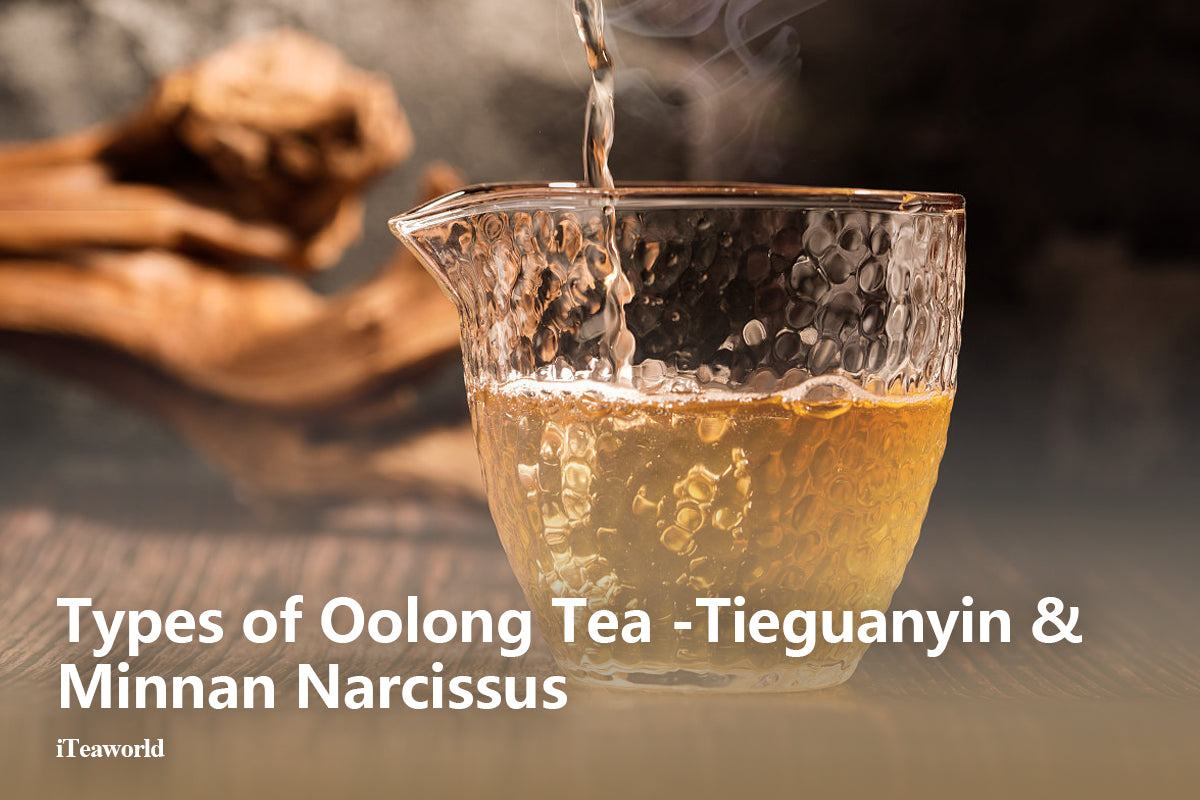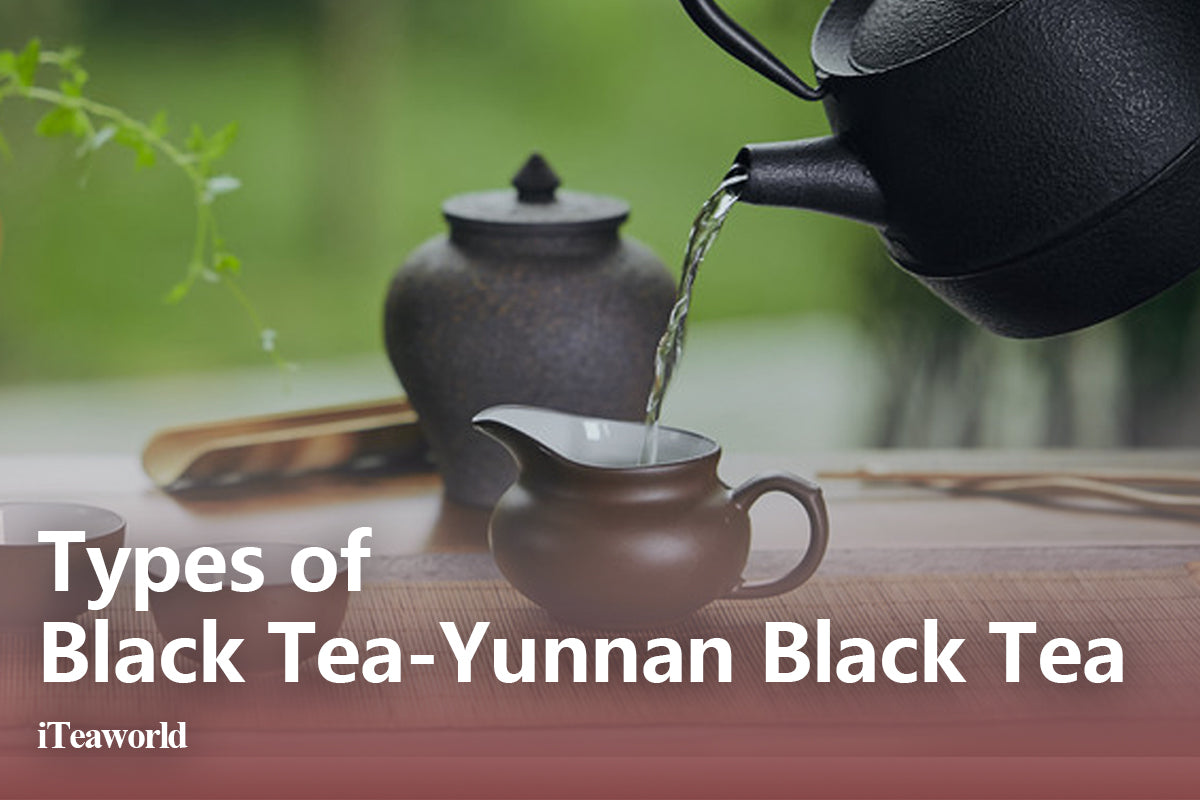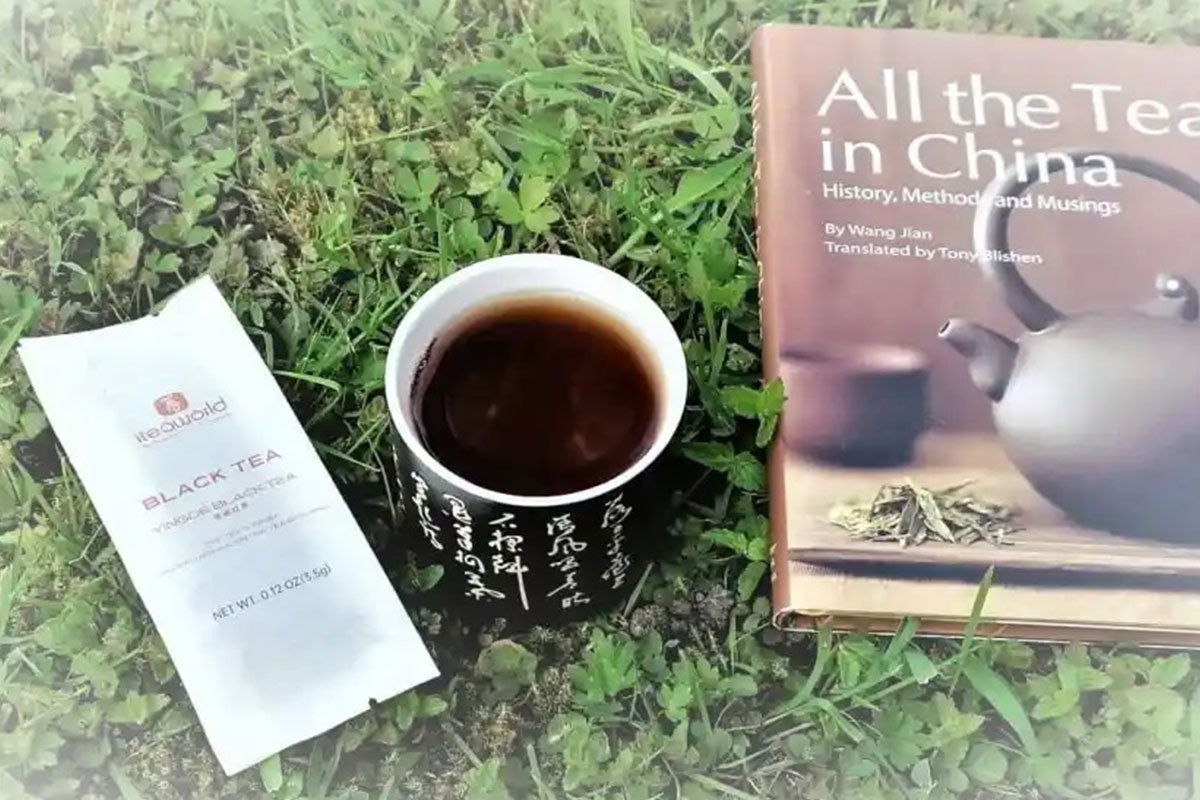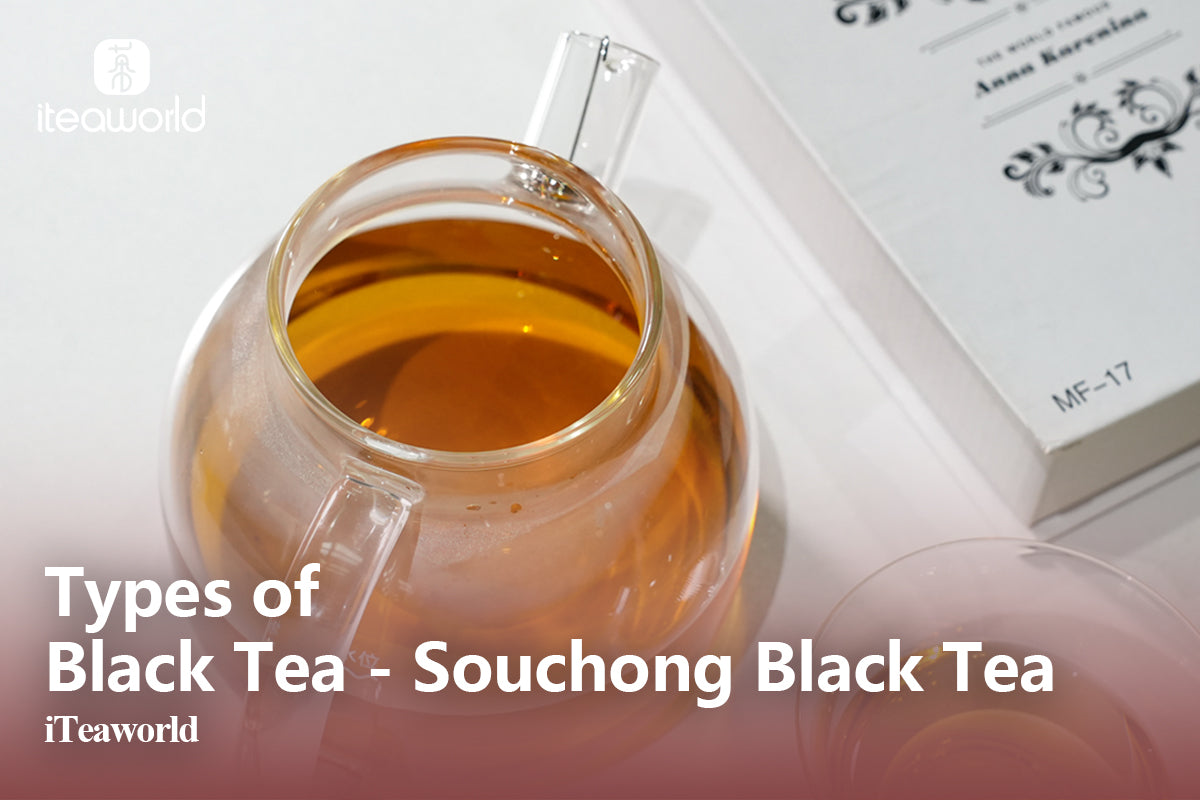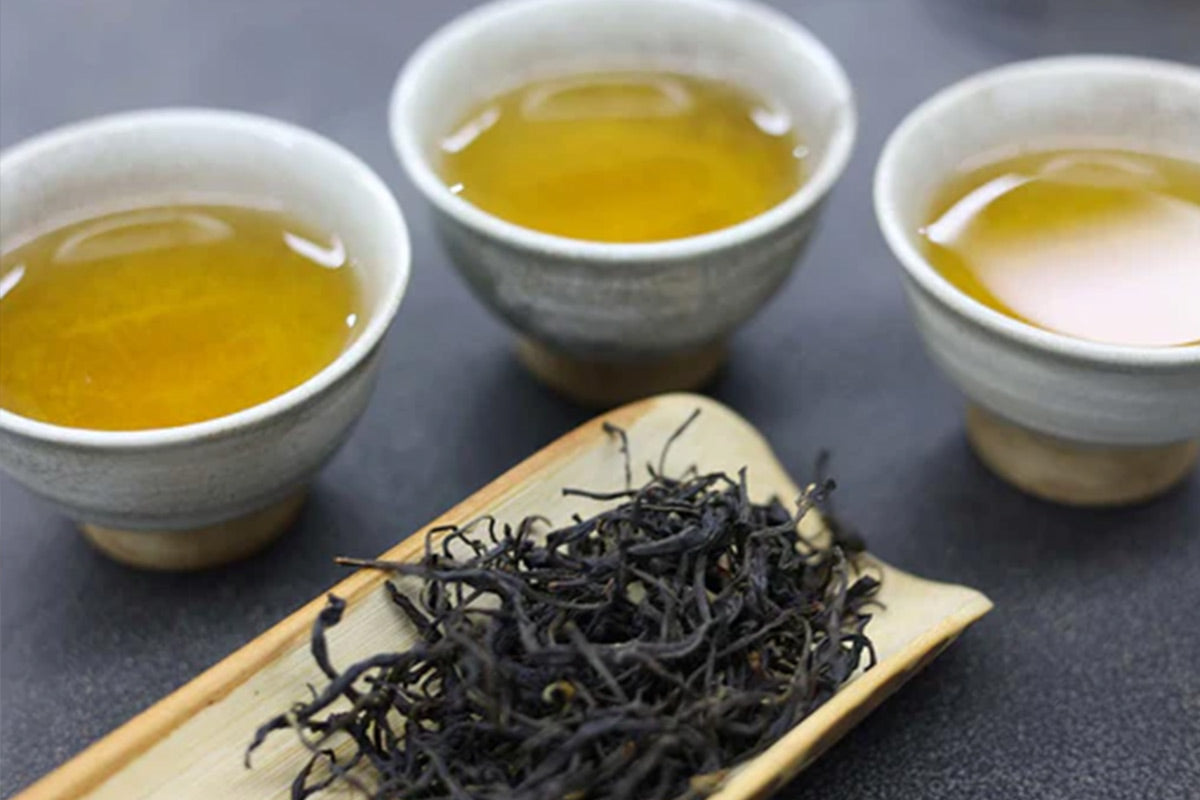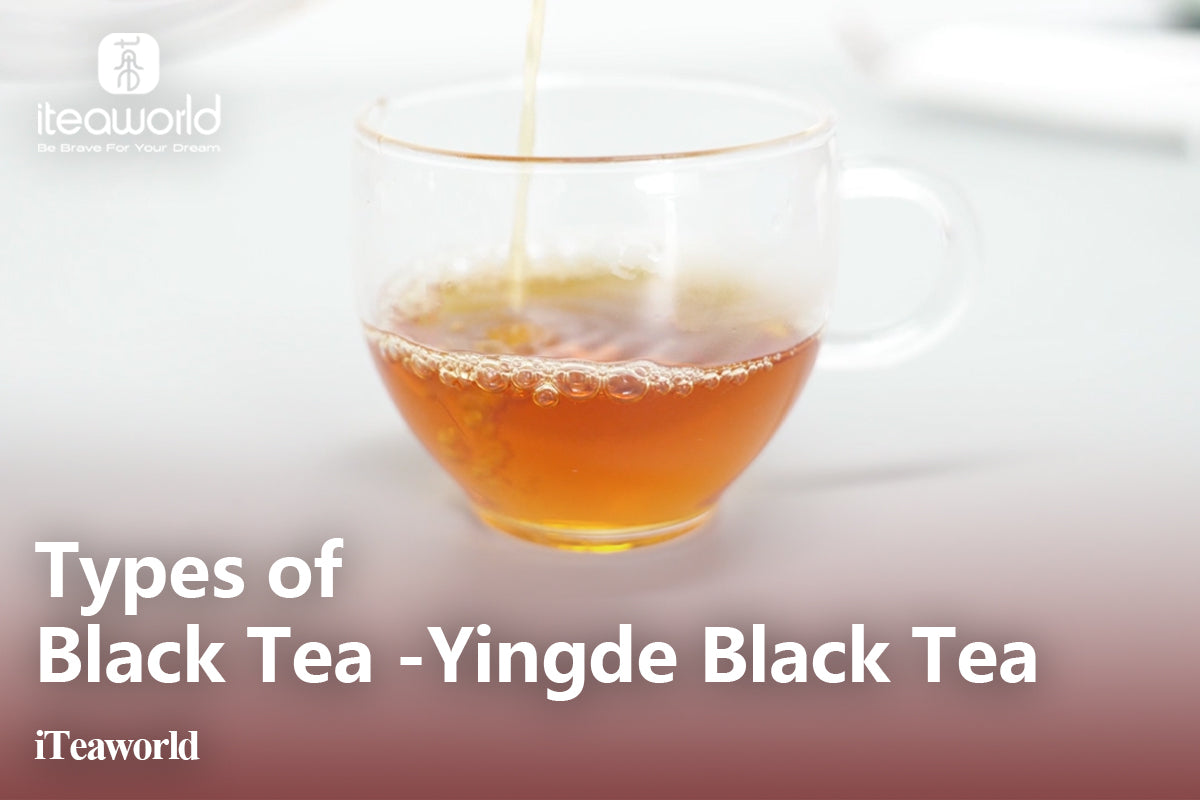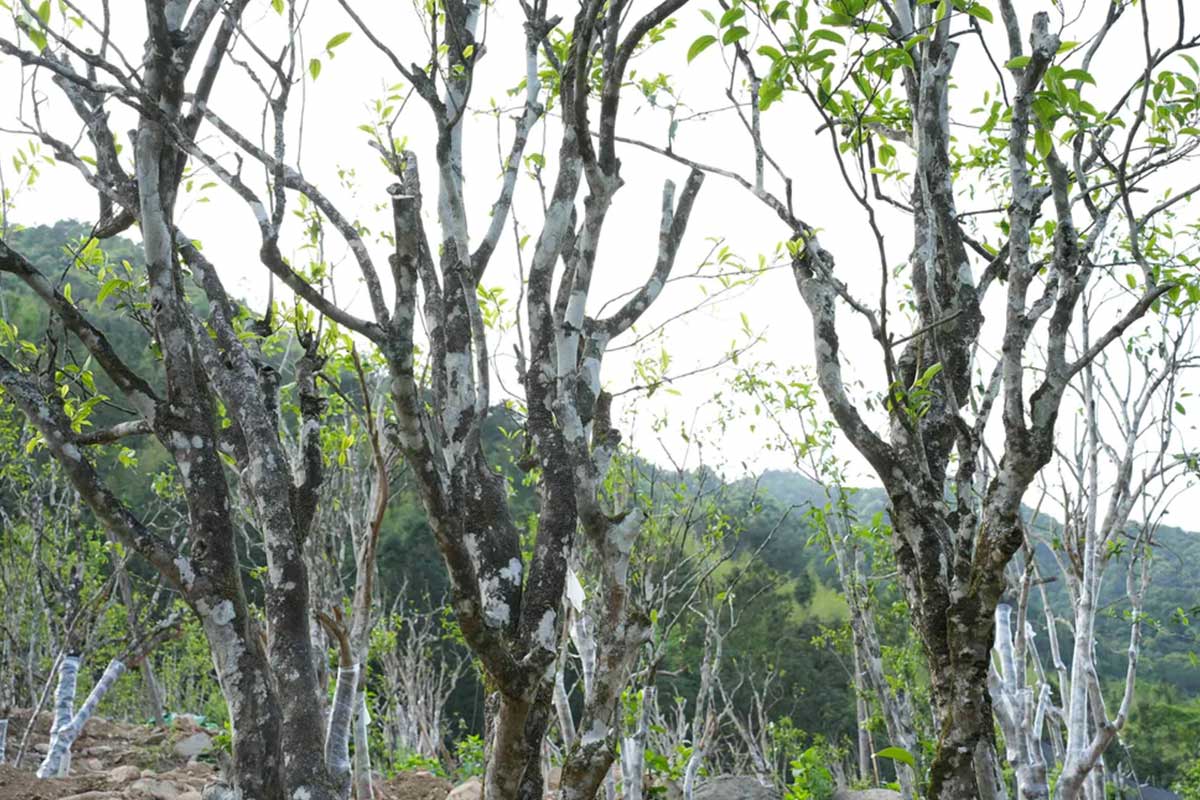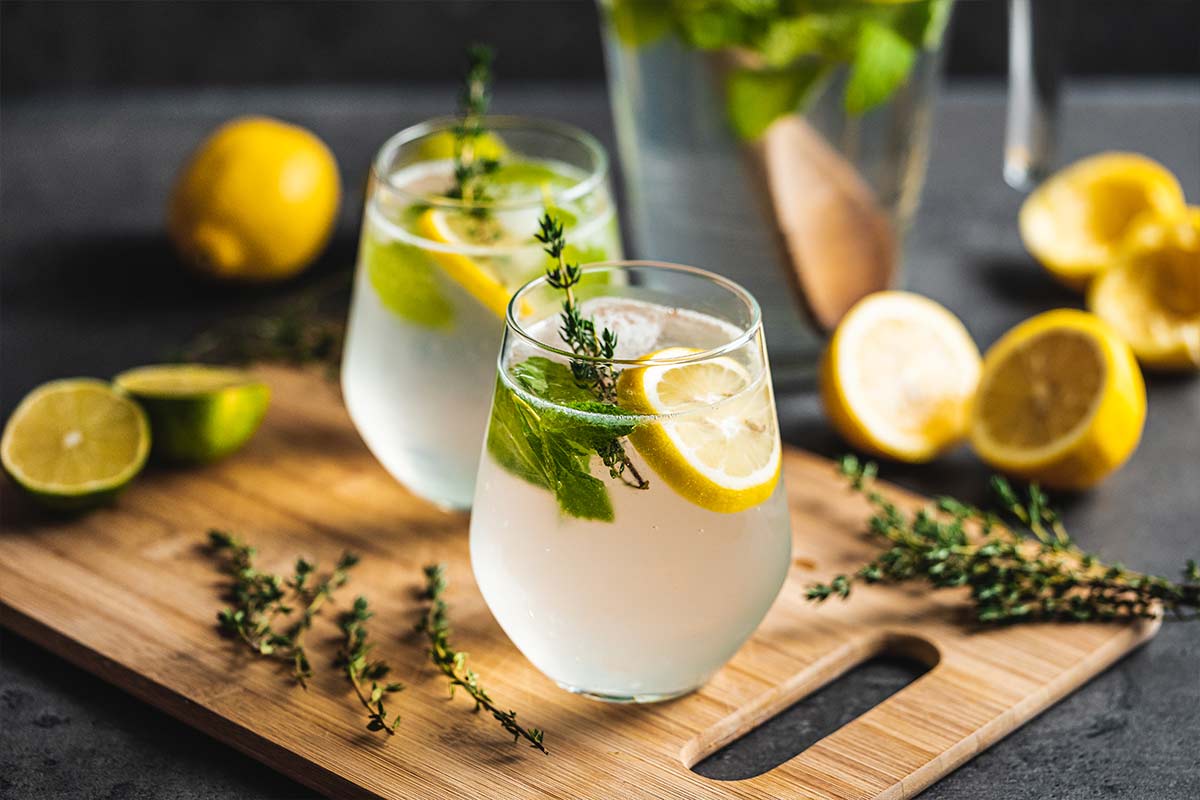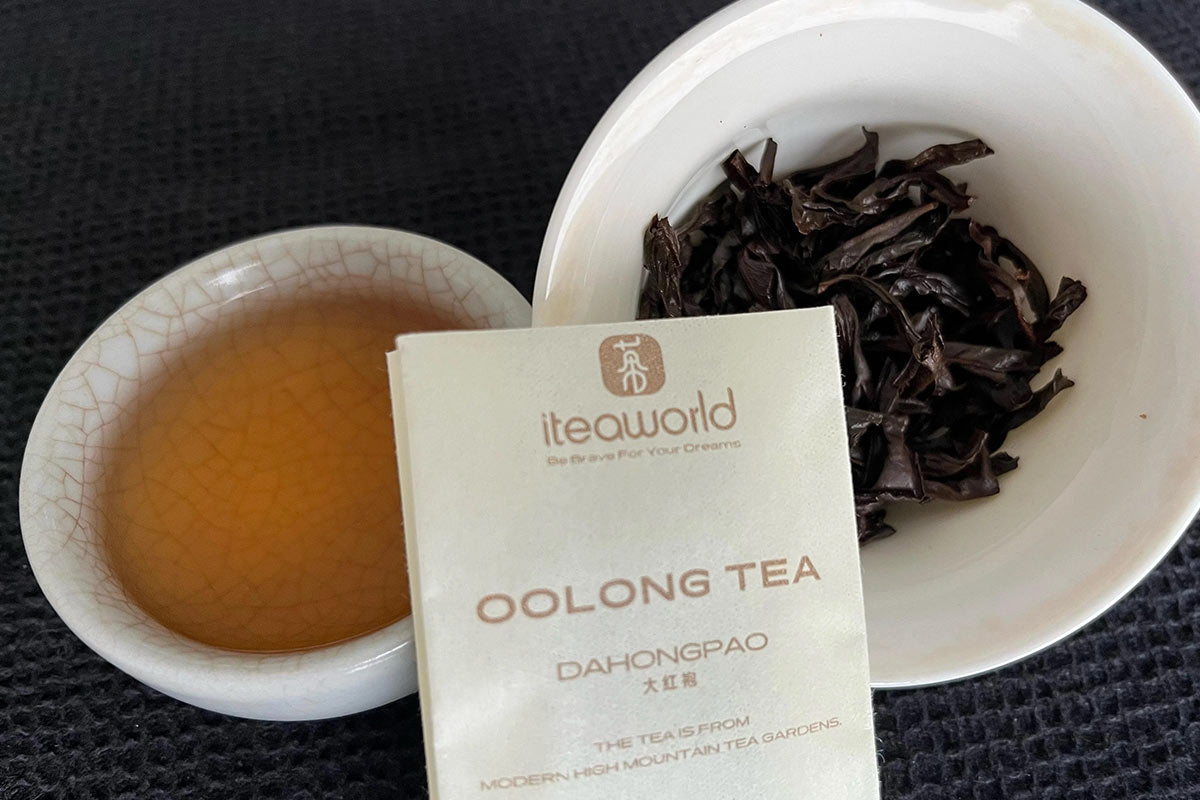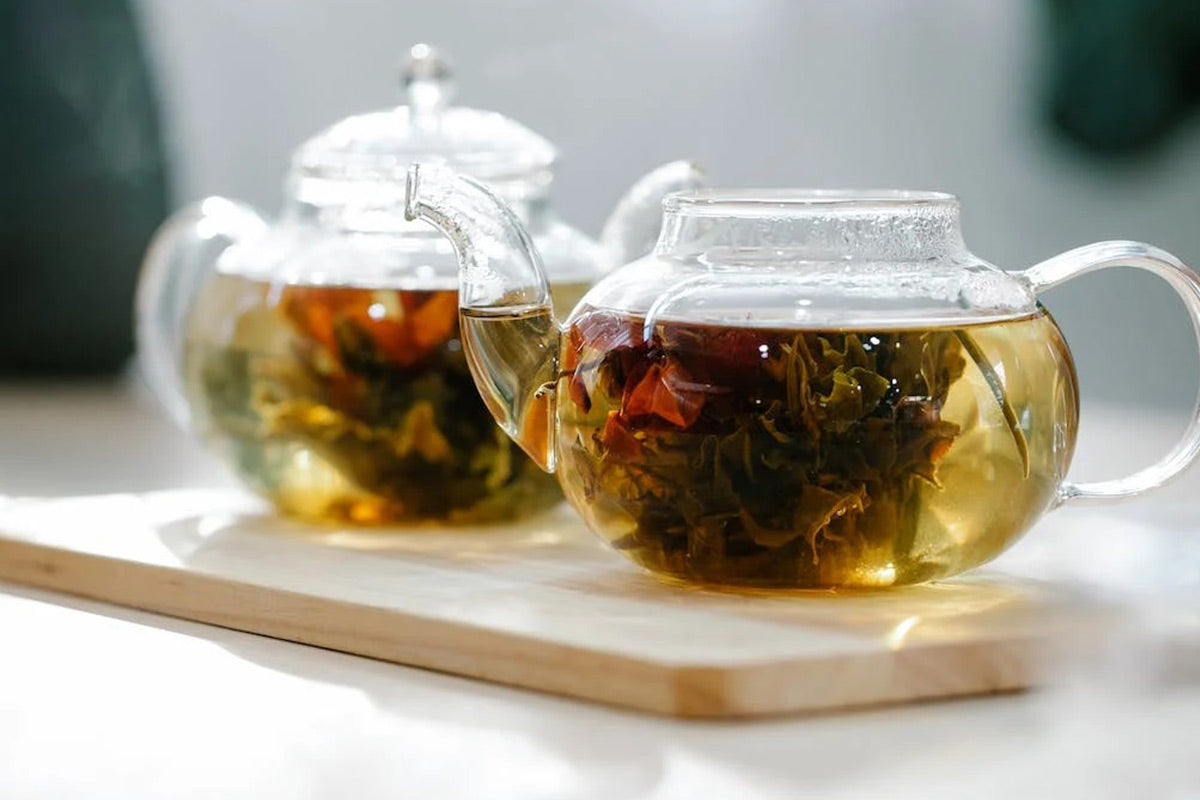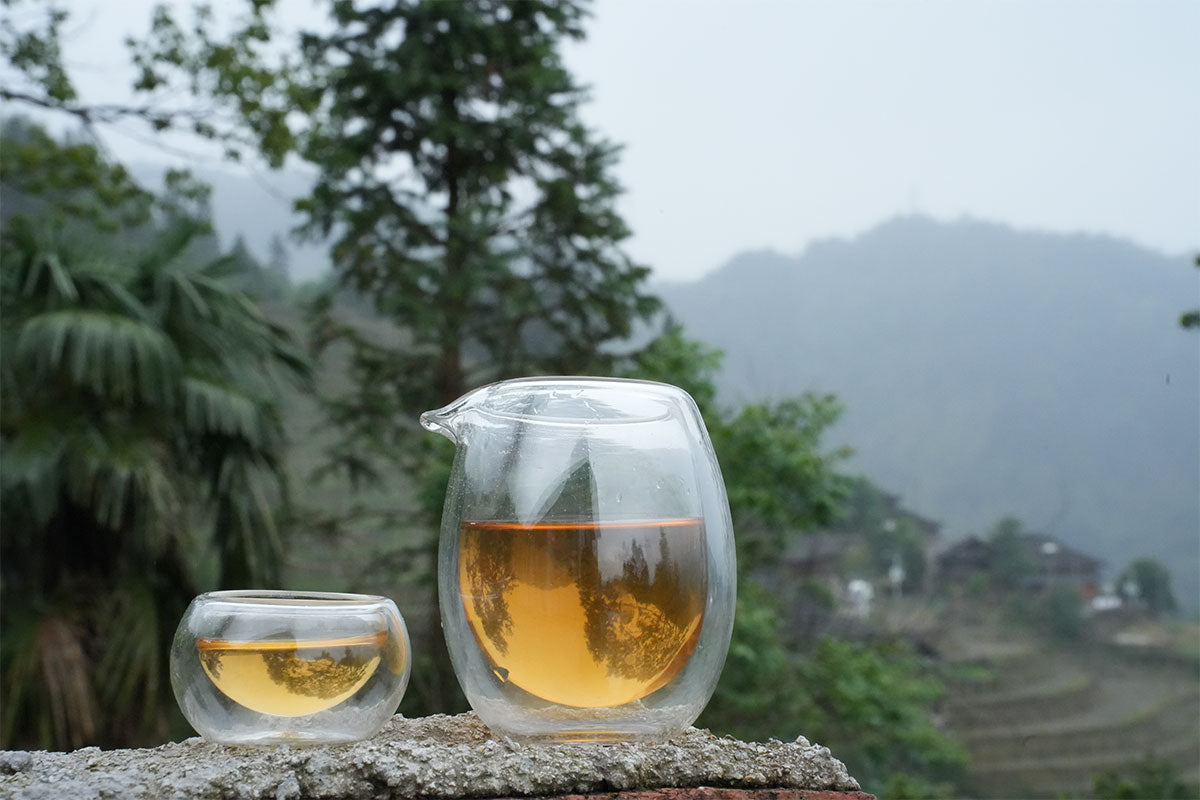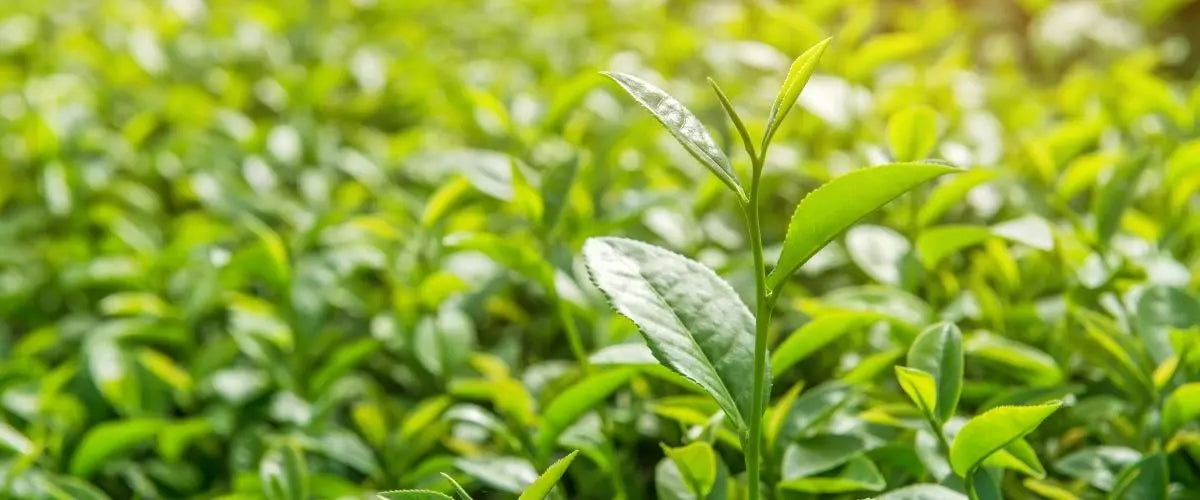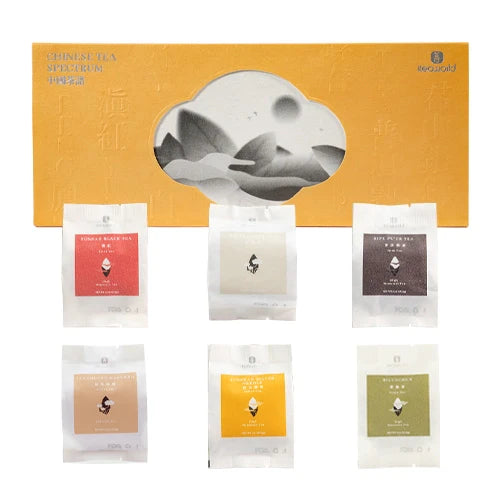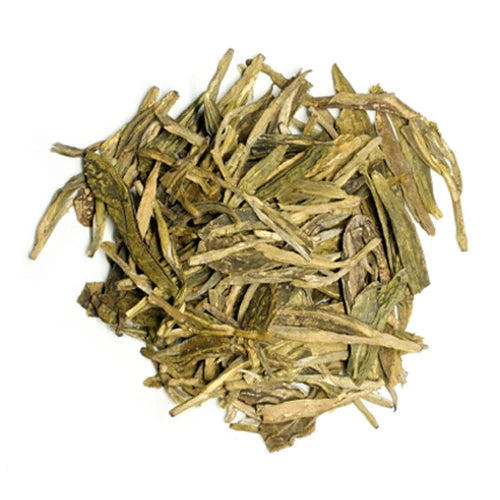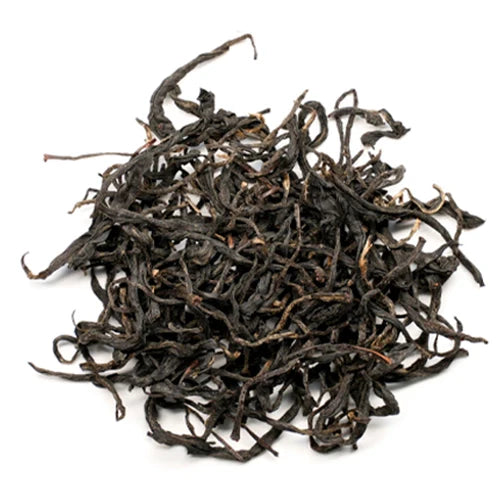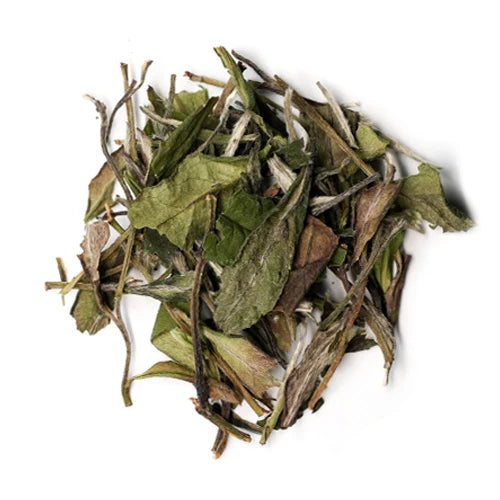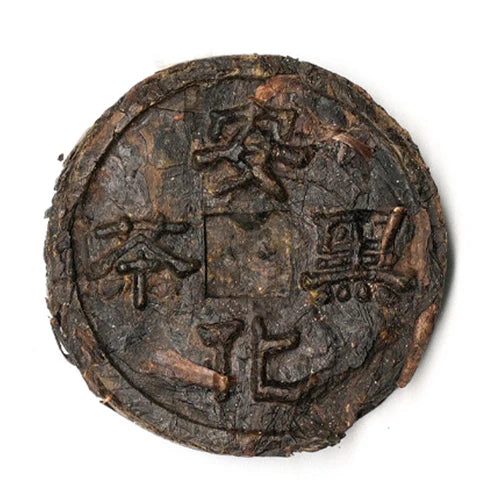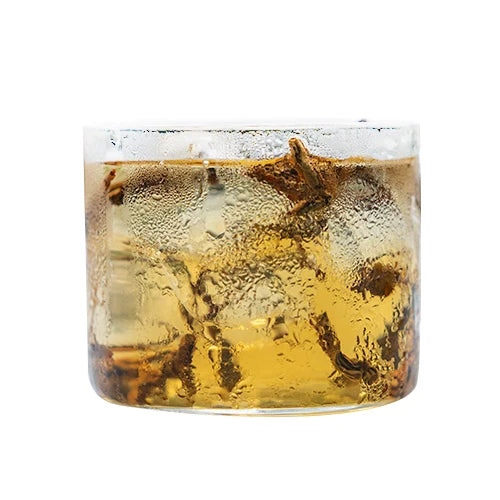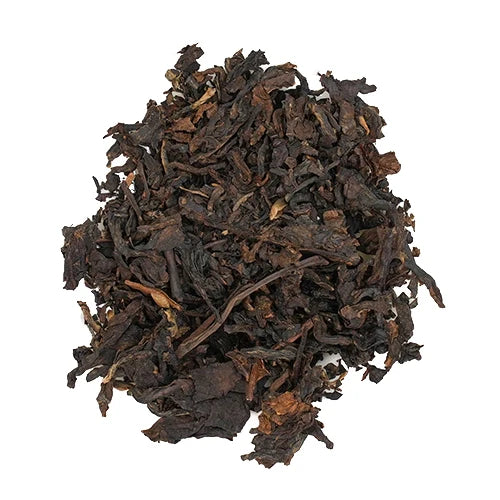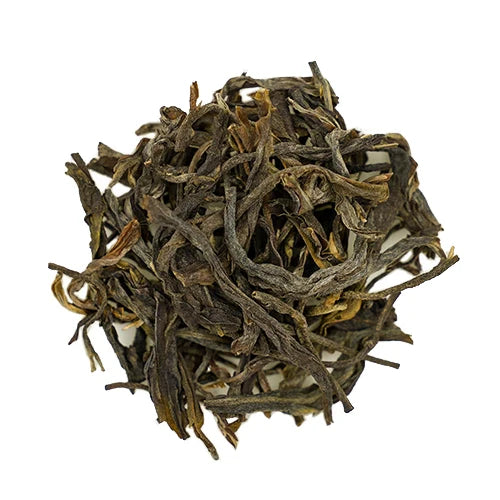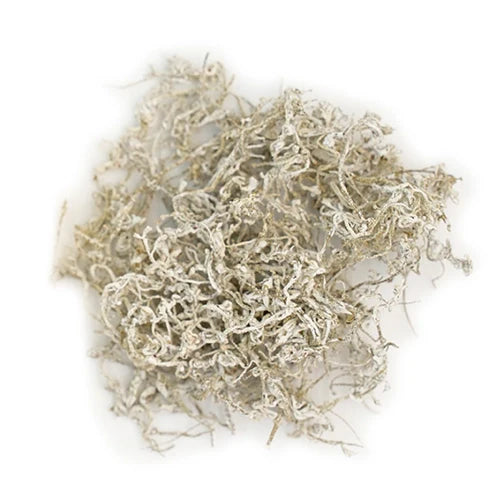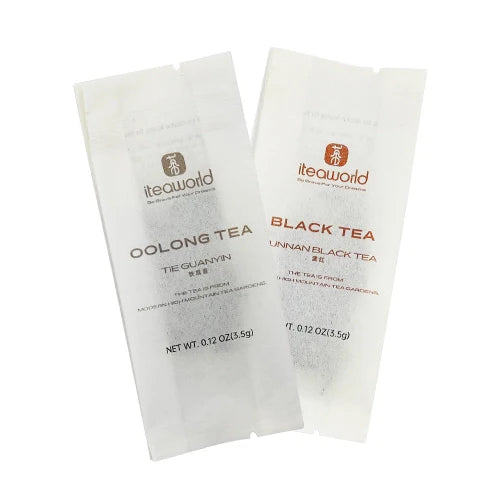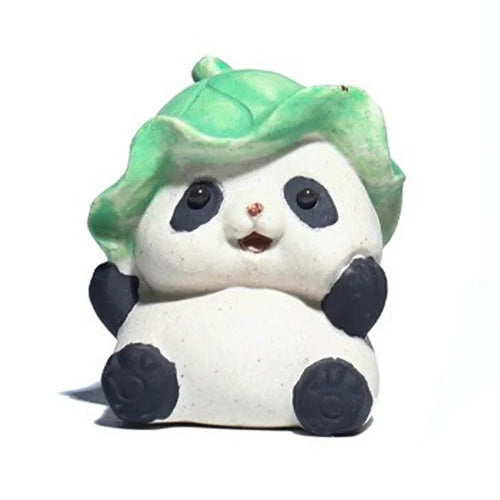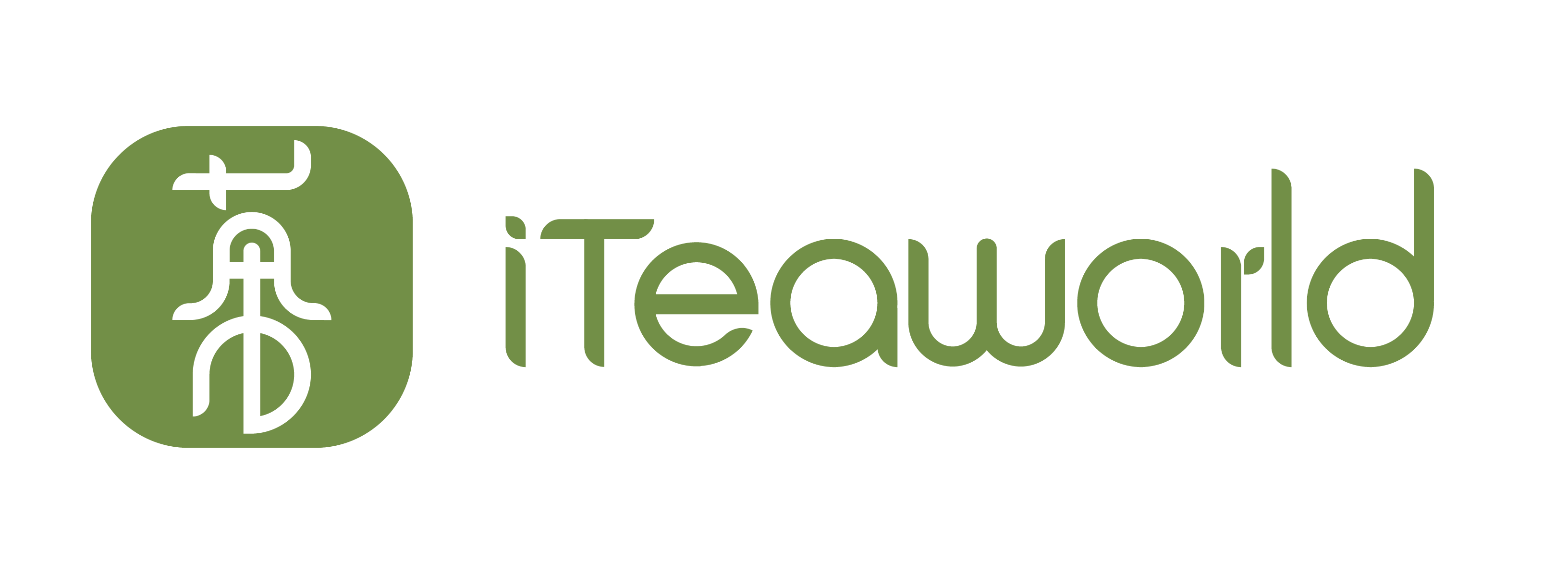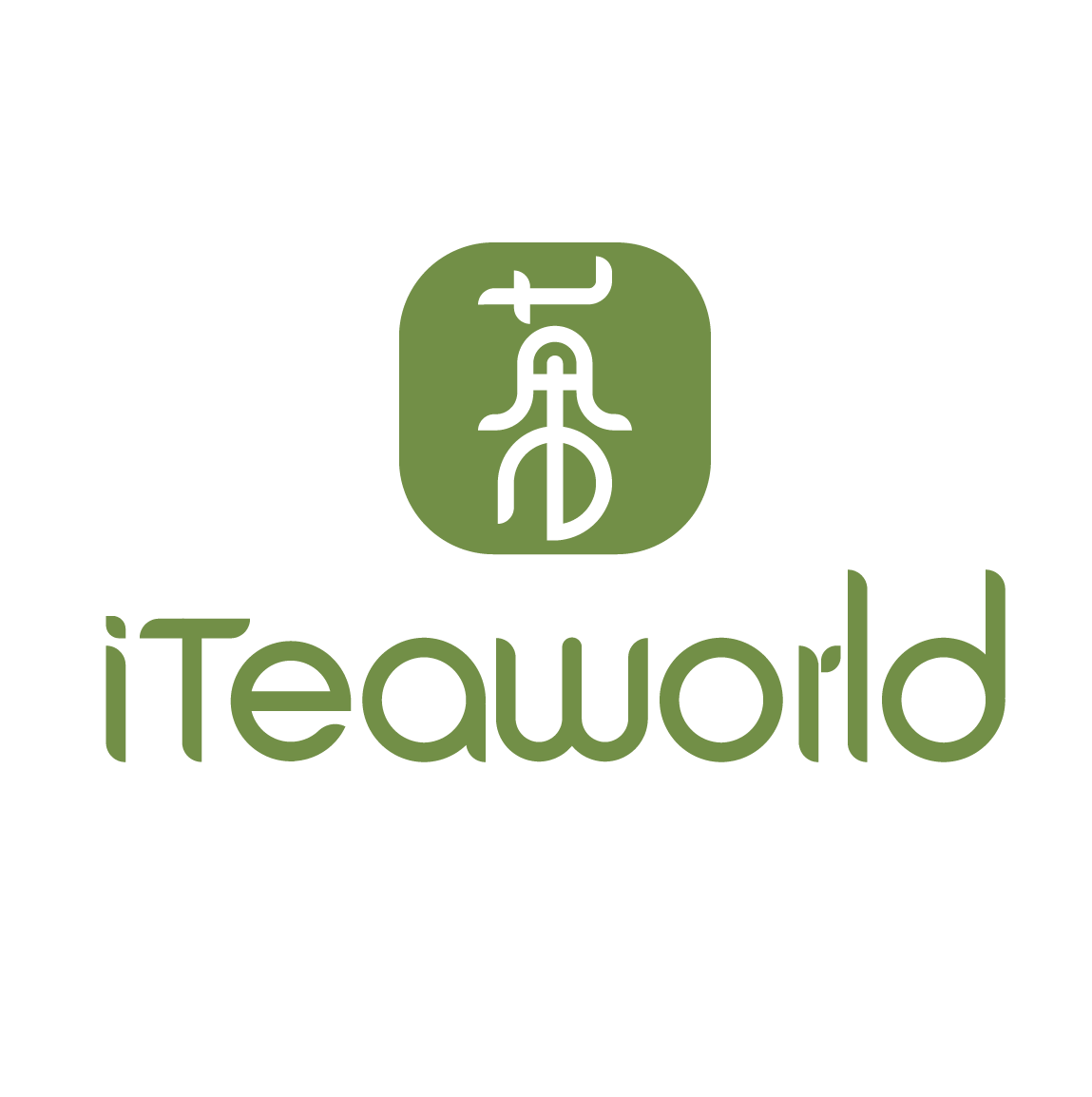Also known as Dahongpao, this iconic Wuyi rock tea (Yancha) is famed for its charcoal roast, cliff-grown terroir and layered aroma. This guide explains the name’s legends, why it’s famous, terroir grades (Zhengyan/Banyan/Zhoucha), varieties like Qidan vs. commercial blends, picking, roasting, and craftsmanship—with the original long-form details available below and all videos collected at the end.
Authentic Wuyi origin Charcoal-roasted Cliff-grown terroir
Shop Rock Tea Collection ›
What Is Da Hong Pao (Dahongpao)? Watch related video ↓
Da Hong Pao is the most representative Wuyi rock tea (Yancha) from Fujian, China. It belongs to Chinese oolong tea. Within oolong, northern Fujian Wuyi styles are called rock tea for their cliffside terroir and mineral-tinged taste. It’s long regarded as the “king” of Wuyi teas and among China’s most famous teas.
Why Is It Called “Da Hong Pao” (Big Red Robe)? Watch related video ↓
Long ago, during the Ming Dynasty, a young scholar was hurrying to Beijing to take the all-important imperial exam. As he made his way through the winding paths of the Wuyi Mountains, he suddenly collapsed near Tianxin Temple, stricken with sharp stomach pains.
A kind abbot saw the scholar’s suffering and offered him a cup of tea brewed from the temple’s treasured bushes. After drinking it, the scholar’s pain faded, and his strength returned. With gratitude in his heart, he pressed on to Beijing.
When the results were announced, he had earned the highest honor—first place in the imperial exam, a title that came with a brilliant red robe. Remembering the tea that had saved his life, he journeyed back to Tianxin Temple. Standing before the tea bushes, he removed his robe and draped it over the plants as a gesture of deep respect. From that day forward, the tea became known as “Da Hong Pao”—the Big Red Robe.
Of course, this is not the only tale. Some say the scholar later offered the tea to the emperor himself. The empress, who was gravely ill, drank the tea and soon recovered. The emperor, overjoyed, gifted the scholar a red robe, which he laid over the original tea bushes.
And then there is the lighthearted “monkey-picking” legend, where clever monkeys were said to climb the cliffs and pluck the precious leaves from places humans could not reach.
These stories differ, but they all share a common theme: Da Hong Pao is a tea so extraordinary that people wove legends around it.
Why Is Da Hong Pao So Famous in China? Watch related video ↓
There are two main reasons why Da Hong Pao holds such a legendary status in China:
Its unique natural growing environment, which gives the tea an extraordinary quality.
The extreme rarity of the original “mother trees.”
The mother trees of Da Hong Pao grow in a place called Jiulong Pavilion, near Tianxin Temple in the Wuyi Mountains of Fujian Province. Nestled between sheer rock walls, six ancient tea bushes thrive in this protected niche.
The terrain provides an ideal balance of sunlight and shade. In the morning, the bushes receive direct sunshine, but by midday the surrounding cliffs block the harshest rays—just as ancient tea texts describe: “The finest tea grows in the shade of high mountains, kissed by morning sun.” Modern tea cultivation also echoes this wisdom, often using shade trees to protect leaves from scorching light. Here, the cliffs themselves act as nature’s shade.
Another gift of this location is the mountain stream that flows past the tea bushes. The stream continuously nourishes the soil, carrying minerals from weathered rocks. As the Classic of Tea records: “The best tea grows on weathered rock, medium-grade tea on gravel, and inferior tea on loess.” The mother trees of Da Hong Pao embody this perfect environment, which is why their leaves produce such unmatched quality.
But beyond the environment, scarcity is key. Only six original Da Hong Pao trees exist—three believed to be over 400 years old and the others more than 200 years old. Together, they yield less than a single pound of tea per year. This rarity has made the tea a cultural treasure.
In China, when people speak of the very best Da Hong Pao, they mean the leaves from these mother trees. It is hailed as the “King of Wuyi Rock Tea,” recognized among China’s top ten famous teas, and even presented as a national gift.
Da Hong Pao (Classic)
Type: Commercial/Blended
Aroma & Taste: Incense-like roast, balanced, approachable
Best For: Everyday Yancha, first-time DHP
$19.99 Shop Now
Qidan Da Hong Pao
Type: Purebred (closer lineage)Aroma & Taste: Deeper focus, darker fruit, long finishBest For: Enthusiasts, varietal clarity
$69.99 Shop Qidan ›
Da Hong Pao as a National Gift (1972) Watch related video ↓
One of the most famous diplomatic stories about Da Hong Pao comes from President Nixon’s historic visit to China in 1972.
At the time, Chairman Mao Zedong regarded Da Hong Pao as so rare and precious that he chose it as a national gift. He presented Nixon with a small jar of tea leaves from the original mother trees.
Nixon was puzzled. China was the world’s leading producer of tea, so why was he being given such a tiny amount? Sensing his doubt, Premier Zhou Enlai offered a witty explanation.
He said, “Mr. President, Chairman Mao has already given you half of our country. How can you still not be satisfied?”
Nixon was taken aback and asked what he meant. Zhou then explained: the mother trees of Da Hong Pao were imperial tribute tea for generations, and their total annual yield was only eight taels (about 300 grams). The jar presented to Nixon contained four taels—literally half of the yearly harvest.
The story quickly became legendary, symbolizing both the extraordinary rarity of Da Hong Pao and its place in Chinese cultural diplomacy.
Classification of Da Hong Pao
1. The Mother Trees Watch related video ↓
When people talk about Da Hong Pao, the first distinction to make is between the legendary Mother Tree Da Hong Pao and the later cultivated varieties.
The Mother Trees are the six ancient tea bushes growing on the cliffs of Jiulong Pavilion in the Wuyi Mountains. They are over 300 years old and so rare that almost no one has the chance to taste their leaves. In fact, during the Wuyi Mountain Spring Tea Festival in 2005, just 20 grams of authentic Mother Tree Da Hong Pao sold for more than 200,000 yuan (about $30,000 USD)—a price recorded in official documents.
But rarity comes at a cost. By the early 2000s, the centuries-old trees had grown fragile, and their survival was at risk. In 2006, the Chinese government issued an official ban on harvesting leaves from the Mother Trees in order to protect them.
This means that since 2006, no matter who you are—wealthy or ordinary—you can no longer drink tea made directly from the Mother Trees. What remains are carefully preserved samples in museums and history books, while the reputation of Da Hong Pao continues through cultivated varieties propagated from those original bushes.
2. Qidan Da Hong Pao (Purebred Da Hong Pao)Watch related video ↓
After the original Mother Trees were declared off-limits for harvesting, scientists worked to preserve their lineage. In the 1980s, the Fujian Provincial Tea Research Institute took cuttings from the second and sixth Mother Trees and propagated them through asexual reproduction.
These seedlings, later planted widely in Wuyi Mountain, became known as Qidan. From a varietal perspective, Qidan is the closest genetic match to the Mother Trees, which is why it is often referred to as “purebred Da Hong Pao.”
3. Commercial/Blended DahongpaoWatch related video ↓
As Wuyi rock tea regained popularity in the 1990s, consumer demand for Da Hong Pao far exceeded what Qidan alone could supply. Tea masters responded by creating blended versions—what we now call Commercial Da Hong Pao.
These blends usually combine Qidan with other Wuyi rock teas such as Shui Xian (Narcissus), Rou Gui (Cinnamon), or cultivar “105.” The guiding principle is that the final tea should not taste distinctly like any single ingredient; instead, it should achieve a balanced, harmonious flavor unique to Da Hong Pao.
The best commercial blends often feature Qidan combined with Shui Xian or Rou Gui, sometimes producing distinctive notes such as an osmanthus-like fragrance. Lower-grade versions, however, may contain little or no Qidan at all, relying entirely on other cultivars like Shui Xian, Rou Gui, 105, or even White Cockscomb Tea.
From the perspective of varietal authenticity, commercial Da Hong Pao is the furthest removed from the original Mother Trees. But from a market perspective, it is by far the most widely available form of Da Hong Pao today—and the one most tea drinkers are familiar with.
Type
Origin
Key Features
Availability
Mother Tree Da Hong Pao
Six ancient tea bushes at Jiulong Pavilion, Wuyi Mountain
Over 300–400 years old, imperial tribute tea, legendary status
No longer harvested since 2006 (protected)
Qidan Da Hong Pao (Purebred)
Propagated in the 1980s from cuttings of the 2nd & 6th Mother Trees
Genetically closest to the Mother Trees, stable quality
Limited but available; considered the most authentic
Commercial Da Hong Pao (Blended)
Created in the 1990s using blends of Qidan + other Wuyi rock teas (e.g., Shui Xian, Rou Gui, 105)
Balanced flavor, sometimes osmanthus-like fragrance; furthest from the original in variety
Widely available; the type most people drink today
Picking Standards & Leaf Handling Watch related video ↓
The art of picking Da Hong Pao centers on three goals: strong aroma, rich flavor, and visual beauty. To achieve this, the leaves must be harvested at just the right level of maturity.
Leaf Maturity Stages
Tea leaves go through a clear growth cycle—from tiny buds, to one bud with two leaves, and finally to fully opened leaves. Growers classify the harvest stage as:
Small Open-Face: the new bud has unfolded, but the young leaf is still less than half the size of the next leaf.
Medium Open-Face: the new leaf is more than half but not yet equal in size to the second leaf.
Large Open-Face: the new leaf has grown to the same size as the second leaf.
Among these, small open-face picking is considered the finest. It produces leaves with concentrated aroma and balanced flavor, though it requires the most skill and favorable weather conditions.
Handling Fresh Leaves
Once picked, fresh leaves are extremely delicate. They must be kept in a well-ventilated place to breathe naturally, almost as if they were still on the tree. Using nylon bags or stacking leaves too high can cause them to smother or bruise. When pressure damages the internal water channels of the leaves, moisture release becomes uneven, which lowers tea quality.
Why It Matters
The care taken during harvest—choosing the right maturity and ensuring gentle handling—directly determines the final quality of Da Hong Pao. Every detail, from the timing of picking to the way fresh leaves are stored, preserves the tea’s unique character.
Wuyi Terroir Grades: Zhengyan / Banyan / Zhoucha / Wai Mountain Watch related video ↓
Many tea lovers know the concept of Wuyi Rock Tea.What is the evaluation system of Wuyi Dahongpao?The answer is that according to the growing area of the tea tree, it is categorized into Zheng Yan, Ban Yan, Zhou Cha, and Wai Mountain.Zheng Yan produces the best oolong tea, the others are second best.
Zhengyan: Zheng Yan tea is grown in the Wuyi Mountain scenic area. Core scenic area; deepest “rock rhyme”.
Banyan: Planted on a large scale outside of the Wuyi Mountain Scenic Area, but still within Wuyi Mountain.
Zhoucha: Planted in large areas of the plains around Wuyi Mountain.
Wai Mountain: outside Wuyi.
Compare terroirs: our Rock Tea Collection features core Zhengyan, Zhengyan, Banyan and Zhoucha for side-by-side tasting. Explore ›
Rock Tea Collection
Type:Sampler (Core Zhengyan/Zhengyan/Banyan/Zhoucha)Aroma & Taste: Terroir side-by-side comparisonBest For: Exploration, gifting
$69.99 Explore Set ›
Why Pick in Spring and Bake in Autumn?Watch related video ↓
Da Hong Pao follows a unique production rhythm: picking in April/May, roasting in September/October.
This has to do with the two types of water inside tea leaves:
Free water: evaporates easily during the first roasting.
Bound water: locked inside the leaf cells, harder to remove.
If roasted only once, the inner water remains, leaving a green, raw taste. That’s why Da Hong Pao undergoes two stages of roasting:
First roasting – removes surface moisture.
Second roasting (after ~6 months) – allows internal moisture to redistribute, then removes it completely, while also softening any harsh “fire” notes.
This slow, patient process means that the best Da Hong Pao is not ready until late autumn or the following year. As people in Wuyi Mountain say:
“Every family sells tea from the next year.”
Fresh tea may taste sharp and overly roasted, but after months of resting, it develops the smooth, mellow aroma Da Hong Pao is famous for.
Why Do Some Lots Smell "Baked" or Toasty? Watch related video ↓
Da Hong Pao is processed in two stages; a second charcoal roast (Sep/Oct) reduces moisture (<6%) and refines aroma. Over-high temperature can yield stronger “baked” notes; with rest, fresh “fire” softens.
Craftsmanship of Dahongpao Watch related video ↓
Signature Steps
Withering: two sun / two dry
Make Green (Zuo Qing): shake → rest → hand work (red-edged leaves)
Double fry & roll
Charcoal roasting (often twice, months apart)
Taste & Brewing Quick Guide
Taste Profile
Incense-like aromatics, mineral “rock rhyme”, cocoa/stone-fruit hints, clean roasted finish. Zhengyan often shows the deepest resonance.
Brewing (Gongfu / Mug)
Gongfu: 6–8 g / 100 ml, 95–100 °C, 8–15 s infusions; many steeps.
Mug/Teapot: 2–3 g / 250–300 ml, 95 °C, 2–3 min; re-steep 2–3×.
Tip: If freshly roasted, decant and air briefly to let “fire” soften.
Niche Yancha picks: consider a bundle featuring Rougui (cinnamon spice), Shuixian (orchid/mineral), and rarer cultivars for deeper exploration. See bundle ›
Ready to taste authentic Wuyi rock tea?
Compare terroirs with our Rock Tea Collection, or go straight for Qidan or a classic Da Hong Pao.
Shop Rock Tea Collection ›
Back to top ↑
Da Hong Pao – Video Library
Explore all related clips in one place. Tap a thumbnail to play.
What’s your tea today? Dahongpao
Why is it called Dahongpao?
Why is it well-known?
Mao & Nixon anecdote
Mother-tree Dahongpao
Qidan (purebred)
Commercial/Blended DHP
Picking standards
Origin & terroir
Baked/toasty notes
Pick & bake timing
Craftsmanship (process)
Enjoy authentic Da Hong Pao at home
Shop Now
